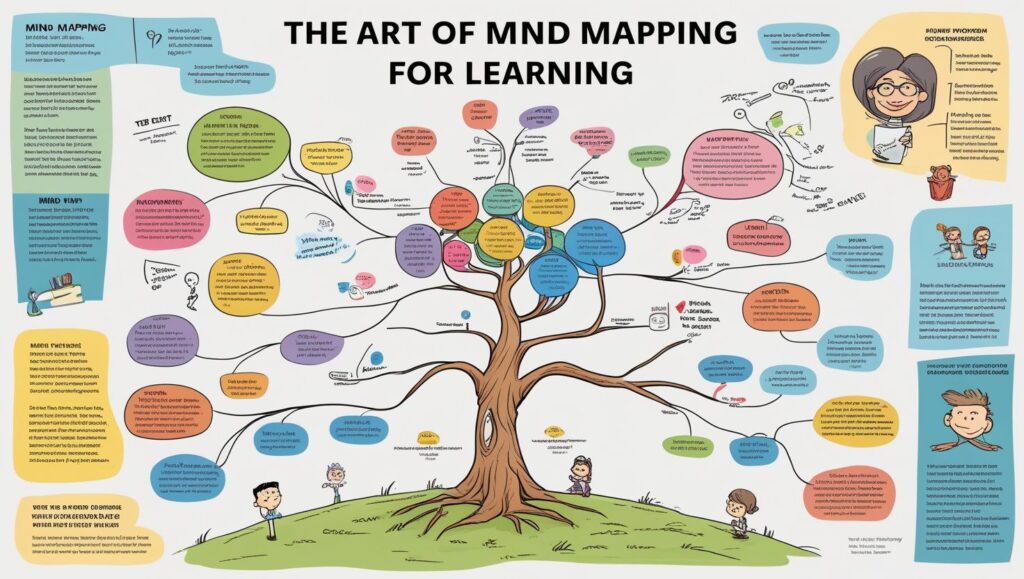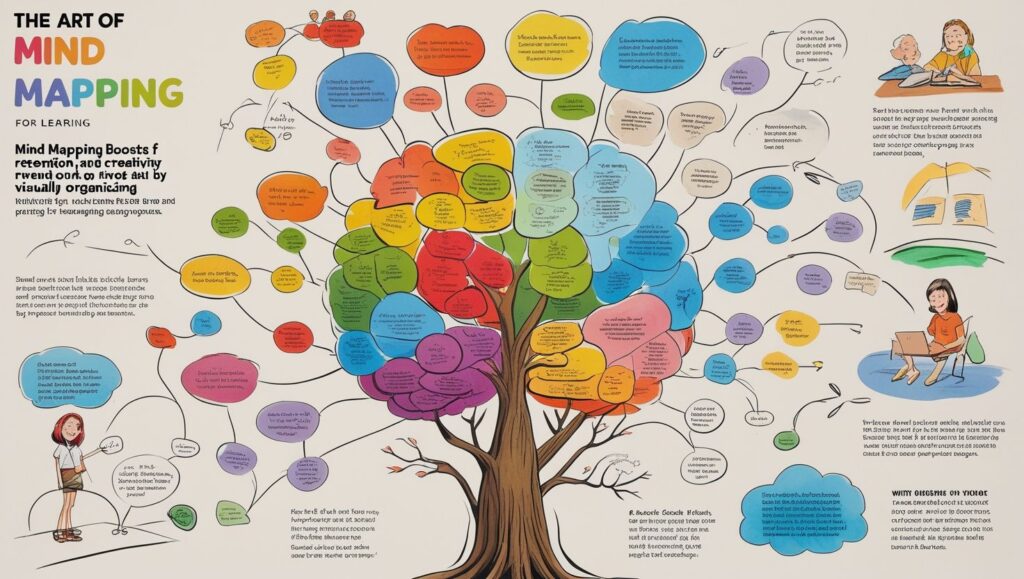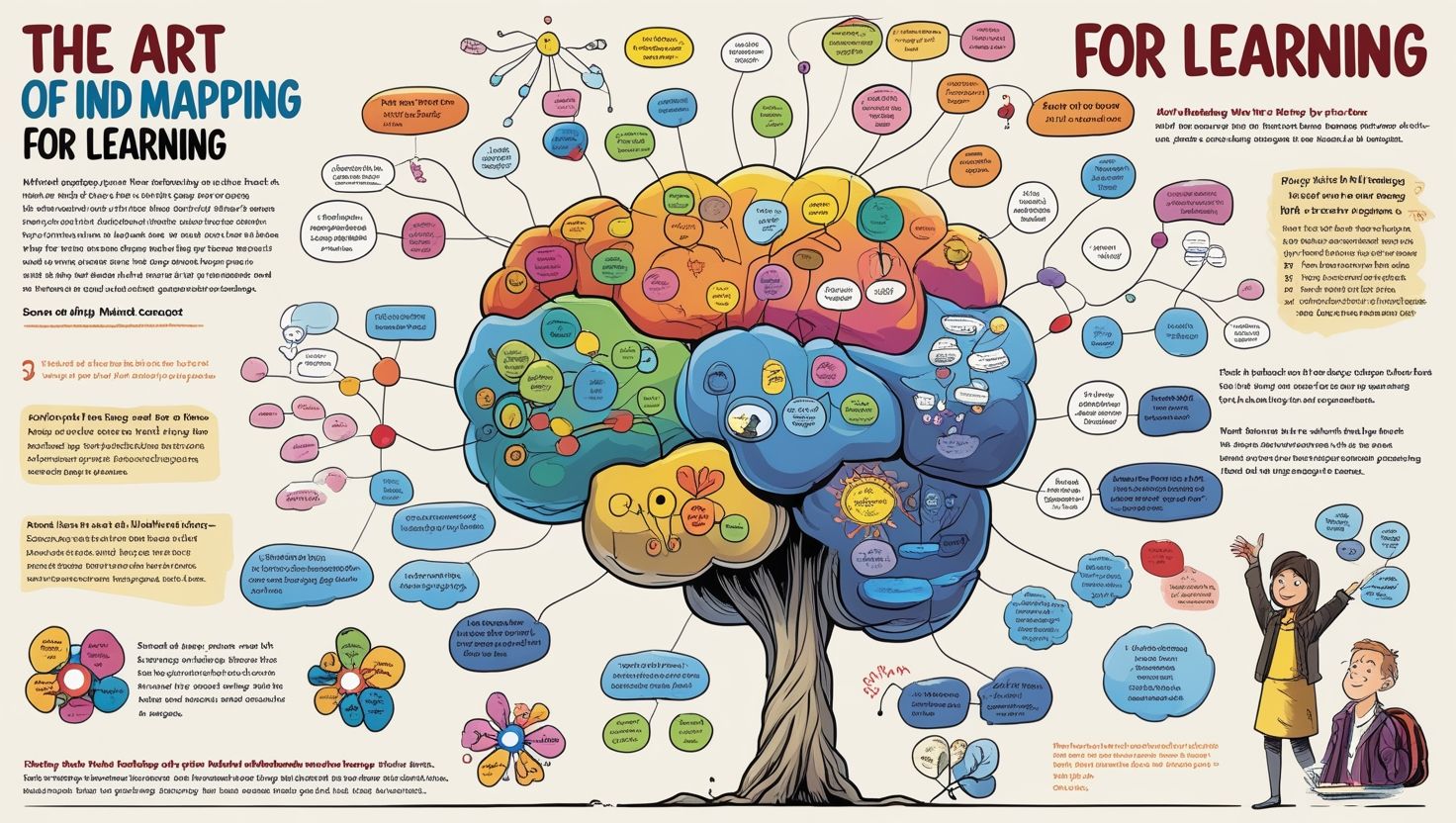Introduction:
The Art of Mine Mapping for Learning an intricate blend of artistry and scientific precision, serves as a gateway to understanding the intricate networks that lie beneath our feet. Beyond mere cartography, mine mapping embodies a rich tapestry of history, geology, and technological advancement. Join us on a journey as we delve into the depths of this fascinating discipline, exploring its significance for learning and discovery.
The Genesis of Mine Mapping:
In the annals of human history, mining has been an enduring pursuit, driving civilizations forward through the extraction of precious resources from the Earth’s crust. From the rudimentary tunnels of antiquity to the sprawling subterranean complexes of the modern era, mining has evolved alongside human ingenuity. As mining operations expanded, so too did the need for accurate documentation of underground passages, giving rise to the art of mine mapping.

Artistry Meets Science:
At its core, mine mapping is a marriage of artistry and science. It requires a keen eye for detail, coupled with a deep understanding of geological principles and engineering techniques. Mine mappers employ a variety of tools and technologies, from traditional surveying instruments to cutting-edge laser scanning technology. To create detailed representations of underground environments. Each map is a testament to the skill and expertise of the mapper, capturing the intricate nuances of the subterranean world with precision and clarity.
Unlocking Geological Secrets:
Beyond its practical applications in mining operations, mine mapping serves as a valuable tool for geological exploration and research. By meticulously documenting underground formations and structures, geologists can gain insights into the Earth’s composition and history. Mine maps reveal the intricate interplay of rock strata, fault lines, and mineral deposits, shedding light on the processes that have shaped our planet over millions of years. Through the lens of mine mapping, we can unravel the geological mysteries hidden beneath the surface.
Preserving Cultural Heritage:
In addition to its scientific value, mine mapping plays a crucial role in preserving our cultural heritage. Many mines hold historical significance, serving as a testament to the ingenuity and labor of generations past. By creating detailed maps of these sites, we can ensure that their legacy is preserved for future generations. Mine maps provide invaluable documentation of historical mining techniques, equipment, and infrastructure, offering a window into the past for historians and archaeologists alike.
Educational Opportunities:
The world of mine mapping is rich with educational opportunities, offering a diverse array of topics for exploration and study. Students of geology, engineering, and cartography can gain hands-on experience in the field, honing their skills through practical application. Mine mapping workshops and seminars provide opportunities for collaboration and knowledge exchange, fostering a vibrant community of learners and professionals. Through immersive learning experiences, students can develop a deeper appreciation for the complexities of the subterranean world and the vital role that mine mapping plays in understanding it.

Challenges and Innovations:
Despite its many benefits, mine mapping is not without its challenges. The underground environment poses unique obstacles, from limited visibility to unstable conditions. Requiring mappers to adapt and innovate in order to overcome them. Advances in technology, such as 3D mapping software and unmanned aerial vehicles (UAVs), have revolutionized the field. Allowing for more efficient and accurate data collection. However, technological innovation must be balanced with a respect for tradition and craftsmanship. Ensuring that the artistry of mine mapping is not lost in the pursuit of progress.
Looking to the Future:
As we gaze into the future, the importance of mine mapping for learning and discovery remains as relevant as ever. With rapid advancements in technology and increasing global demand for natural resources. The need for accurate and comprehensive mine mapping has never been greater. By embracing new tools and techniques, while honoring the traditions of the past. We can continue to unlock the secrets of the subterranean world and inspire the next generation of explorers and innovators.
Conclusion:
Mine mapping stands as a testament to the ingenuity and perseverance of the human spirit, bridging the gap between the surface and the depths below. Through its blend of artistry and science. Mine mapping offers a window into a hidden world, revealing geological wonders and cultural treasures waiting to be discovered. As we embark on this journey of exploration and learning, let us remember the profound impact. That mine mapping has had on our understanding of the Earth and the enduring legacy it holds for future generations.

q9oj1n
uuy14x
Perfectly pent written content, thanks for information .
dflsb2
Informasi akses situs Sigma slot
z4h9b6
Este site é realmente fantástico. Sempre que acesso eu encontro coisas diferentes Você também pode acessar o nosso site e descobrir mais detalhes! informaçõesexclusivas. Venha saber mais agora! 🙂
fantástico este conteúdo. Gostei bastante. Aproveitem e vejam este conteúdo. informações, novidades e muito mais. Não deixem de acessar para descobrir mais. Obrigado a todos e até mais. 🙂
Perfectly indited articles, Really enjoyed looking at.
When I originally commented I clicked the “Notify me when new comments are added” checkbox and now each time a comment is added I get three e-mails with the same comment. Is there any way you can remove me from that service? Appreciate it!
Saved as a favorite, I really like your blog!
I haven’t checked in here for a while since I thought it was getting boring, but the last few posts are good quality so I guess I’ll add you back to my everyday bloglist. You deserve it my friend 🙂
Im not certain the place you are getting your info, but good topic. I must spend some time studying more or figuring out more. Thank you for fantastic info I used to be searching for this info for my mission.
I’d have to examine with you here. Which is not one thing I usually do! I take pleasure in reading a post that may make folks think. Additionally, thanks for permitting me to comment!
I have been examinating out many of your stories and i can claim pretty clever stuff. I will definitely bookmark your website.
It’s in reality a great and helpful piece of info. I am satisfied that you simply shared this helpful information with us. Please stay us informed like this. Thank you for sharing.
Best time to visit Cappadocia Sophie L. ★★★★★ Stayed at the cave hotel recommended by this agency – authentic yet luxurious! Falling asleep in a 500-year-old stone room was surreal. https://soocian.com/read-blog/30781
Cappadocia travel package Lily C. ★★★★★ Eco-conscious travelers: Their plastic-free policy is real! Refillable water stations everywhere. Carbon-neutral balloon flights too! https://martinexteriordetailing.com/2025/07/14/romantic-highlights-of-cappadocia-tours-2025/
1503h2
4r76pq
Great write-up, I¦m regular visitor of one¦s web site, maintain up the excellent operate, and It is going to be a regular visitor for a lengthy time.
I adore meeting useful info, this post has got me even more info! .
What i don’t realize is in reality how you’re no longer really much more well-preferred than you might be now. You are so intelligent. You recognize therefore considerably when it comes to this topic, made me individually imagine it from a lot of varied angles. Its like men and women aren’t interested unless it is something to accomplish with Lady gaga! Your personal stuffs outstanding. All the time take care of it up!
Great V I should certainly pronounce, impressed with your website. I had no trouble navigating through all the tabs and related information ended up being truly simple to do to access. I recently found what I hoped for before you know it at all. Reasonably unusual. Is likely to appreciate it for those who add forums or something, website theme . a tones way for your client to communicate. Excellent task..
I enjoy the efforts you have put in this, appreciate it for all the great content.
I¦ve been exploring for a little for any high quality articles or weblog posts in this sort of house . Exploring in Yahoo I finally stumbled upon this website. Reading this info So i am glad to express that I’ve an incredibly just right uncanny feeling I came upon exactly what I needed. I so much no doubt will make certain to don¦t omit this web site and give it a glance regularly.
Lovely just what I was searching for.Thanks to the author for taking his clock time on this one.
Solid arguments